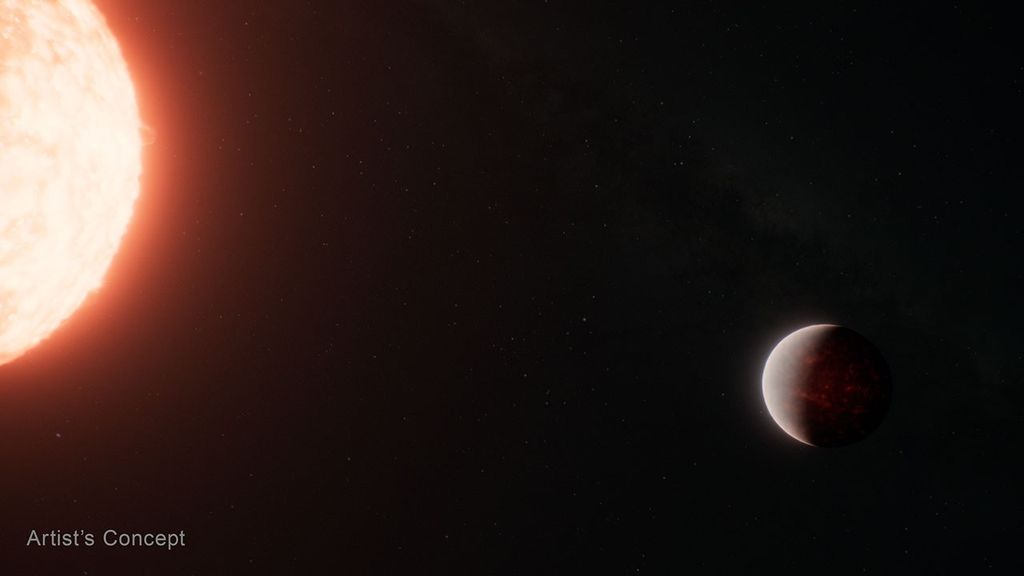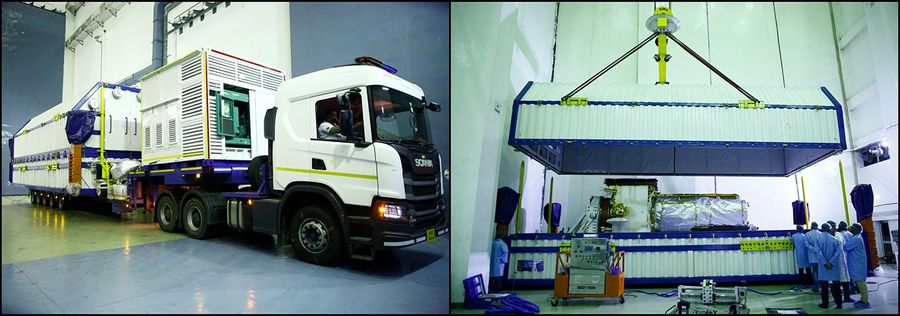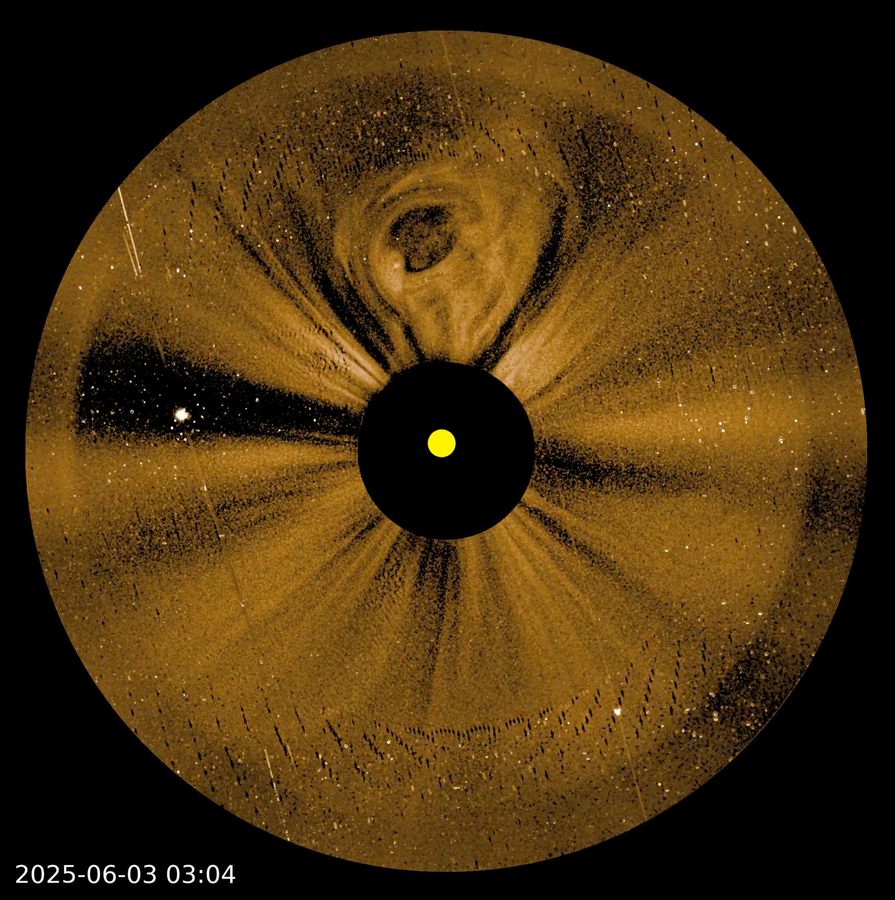Editor’s note: This post has been updated on June 17, 2025, with more information on the target launch date. NASA’s TRACERS (Tandem Reconnection and Cusp Electrodynamics Reconnaissance Satellites) twin spacecraft have completed the final pre-shipment tests and have arrived at Vandenberg Space Force Base in California in preparations for launch later this year. The TRACERS […]
NASA’s TRACERS Spacecraft Arrive at Launch Site


































